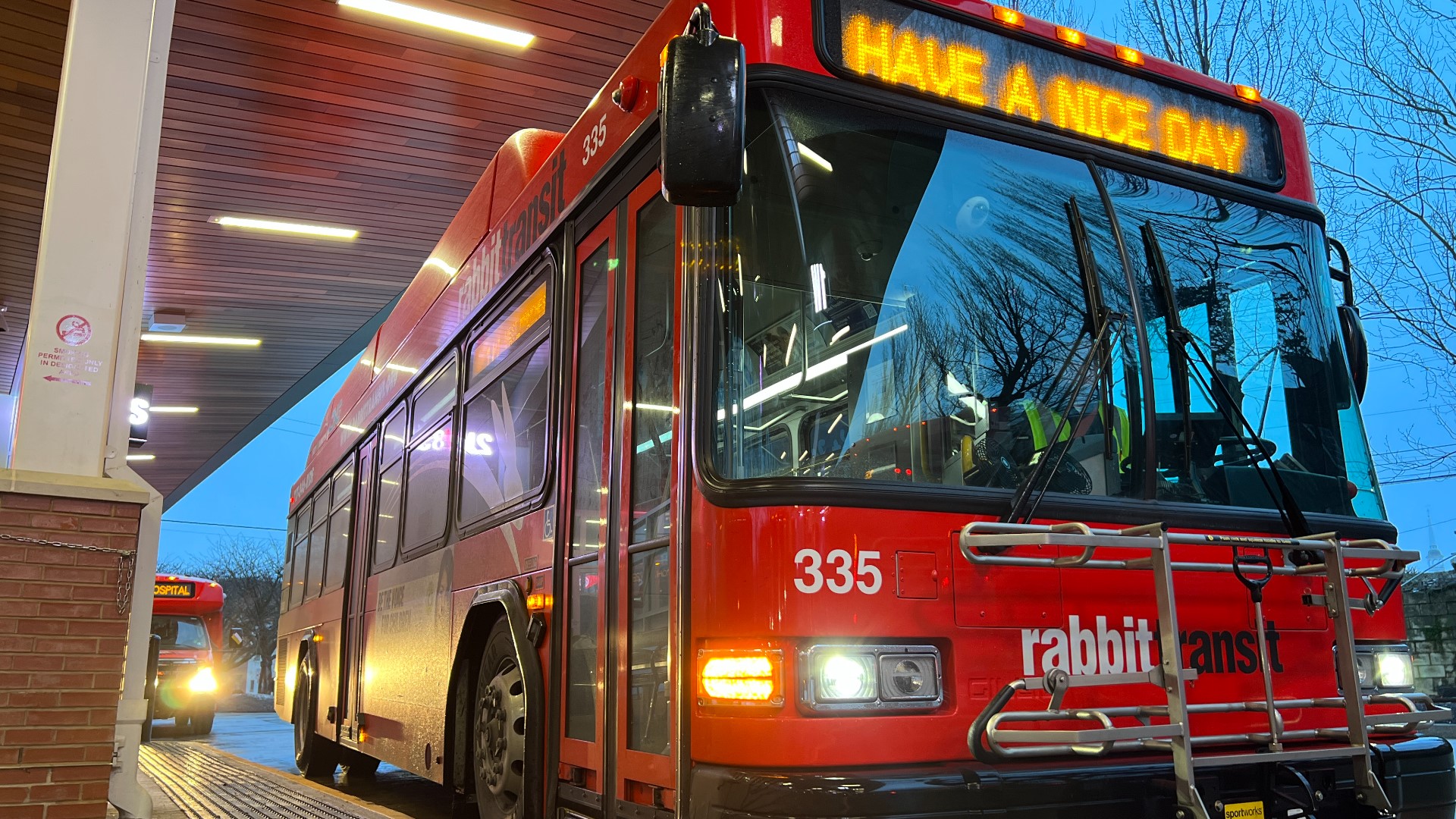YORK, Pa. — On any given day, you can find Liza Sangrey at the King Street Station in York looking to catch a rabbittransit bus.
"It’s my only mode of transportation other than walking," Sangrey said. "If it wasn't for the bus, I wouldn’t be able to get around."
York riders say that the bus station is essential to their lives.
"Getting back and forth between work, or just even shopping, it makes it so much easier," passenger Photious Roseboro said. "Life would just be a lot harder [without the bus]."
For patron Dan Miller, it's even more essential; limited mobility in his arm prohibits him from driving to his part-time job.
On Sunday, Governor Josh Shapiro announced plans to propose an increase in state funding to public transit. It's the first such raise in a decade, with the plan being worth close to $1.5 billion over the next five years.
For both officials and riders, the announcement arrived right on time.
Officials with rabbittransit say they run nearly 4.5 million trips every year across the area and have seen an increase in passengers since the COVID-19 pandemic.
Executive Director Rich Farr says transit in south-central Pa. is still recovering post-pandemic. His company lost 70% of riders during the pandemic, along with inflation.
"The combination of lost fares and increased costs [has put us in a situation] where our expenses are exceeding our revenues," Hall said. "We're beginning to have to spend down our reserves to keep day-to-day operations going."
According to the latest data from the National Transit Administration (NTA), 22.5% of rabbittransit's 2022 operational costs were funded by state dollars - Just under 25% was funded by the customer's cost to ride.
"We do depend on the farebox," Farr added.
Much of the funding would go to the state's largest public transit provider SEPTA, which relies on state funding for nearly half of their operational costs, according to the NTA.
Farr says additional funding through the proposed raise would help fill that gap and serve an essential need.
"There are a lot of our friends and neighbors who are using this service and depend on it every day to get to work," Farr said. "We have to be able to maintain these routes.”
Farr also states that new funding can steer them towards future projects, like their high-intensity mobility corridors. This plan in the works would use strategically placed stops and technology to make traveling more convenient for riders.
"What can we do to really speed up these corridors so people aren't waiting 30 minutes for a bus, you know?" Farr said. "If you have frequency, people will use it."


Passengers say they're on board with more state funding and hope to see those improvements and more in the near future.

